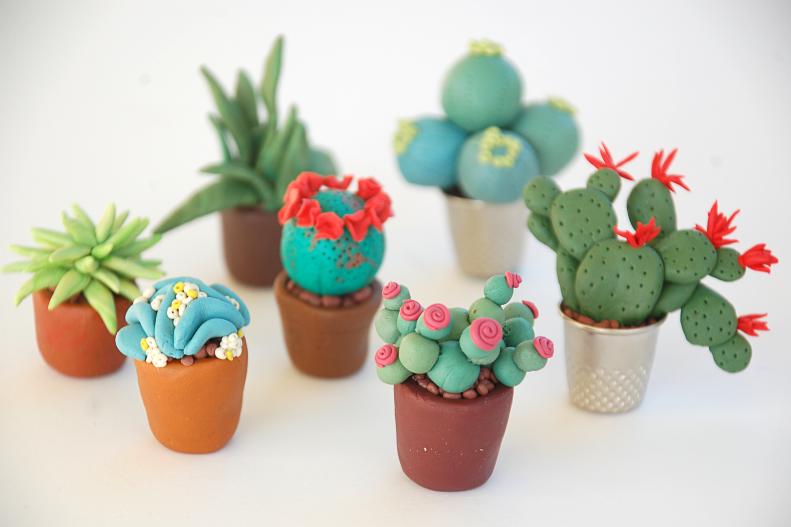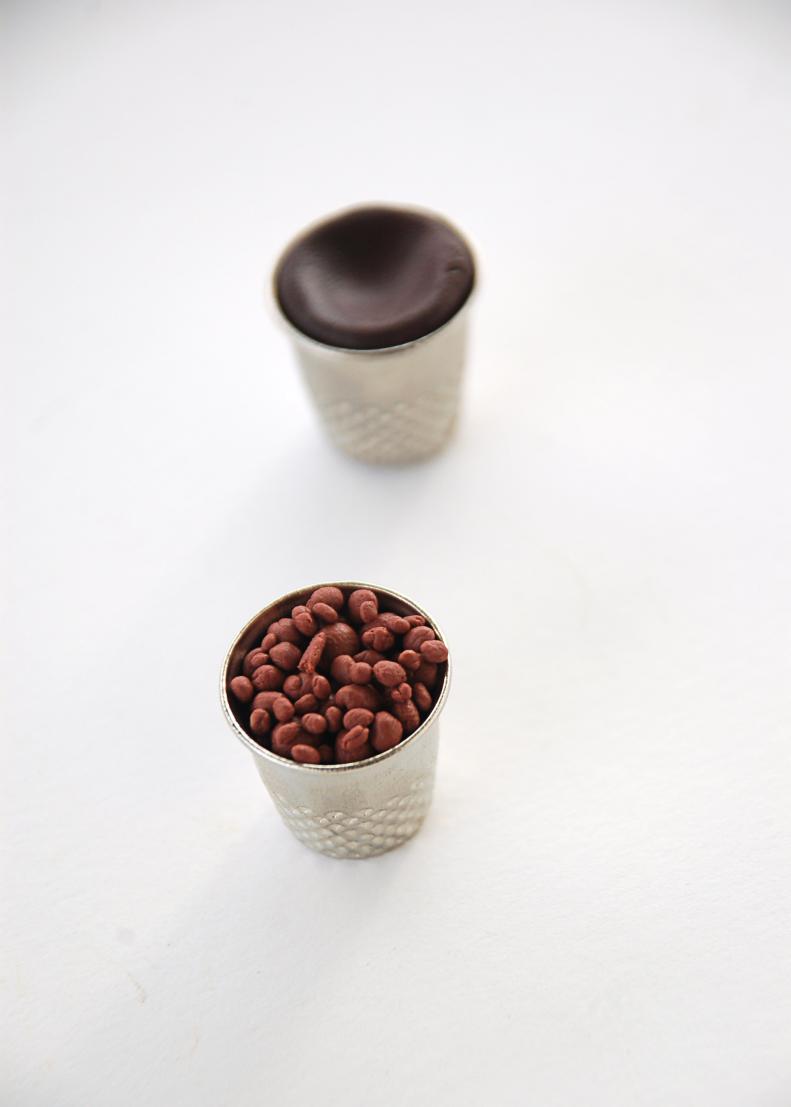1 / 21
Photo: Ruth Meharg
Charming Succulents
Miniature clay succulents are the perfect addition to kid's summer fun. They look great in a doll house or fairy garden, and they are simple to make. These tiny plants do require fine motor skills, so this project is ideal for kids 10 and up. When you run out of space in the doll house, these little plants make the perfect pop of color on a shelf in your full sized house too.









